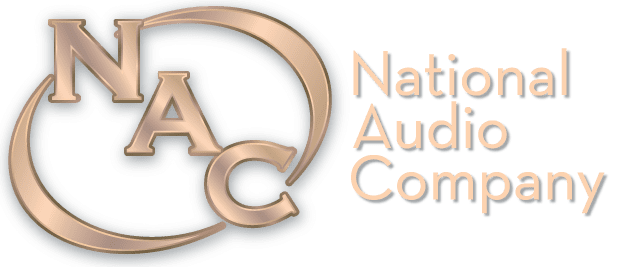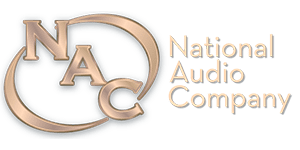National Audio duplicates cassette tapes on high-speed, studio-quality, open-reel tape recorders known as duplicating slaves. This produces cassettes with a higher output level, lower background noise, less wow and flutter, and a 55-60 dB crosstalk rejection between tracks.
We do not duplicate from a master cassette. We create a master which is used to feed program material (sound) to as many as 20 slave duplicators. The duplication master also contains inaudible control tones and other automation data to operate our duplicating system.
Our engineers do not sonically alter your audio, unless requested. They simply ensure that output levels are uniform on the left and right channels and consistent on all tracks; maximizing the sound for the cassette format.
We add a small one-time charge for a duplication master to your first order. It is archived and re-used unless you request additional audio changes on subsequent re-orders.

